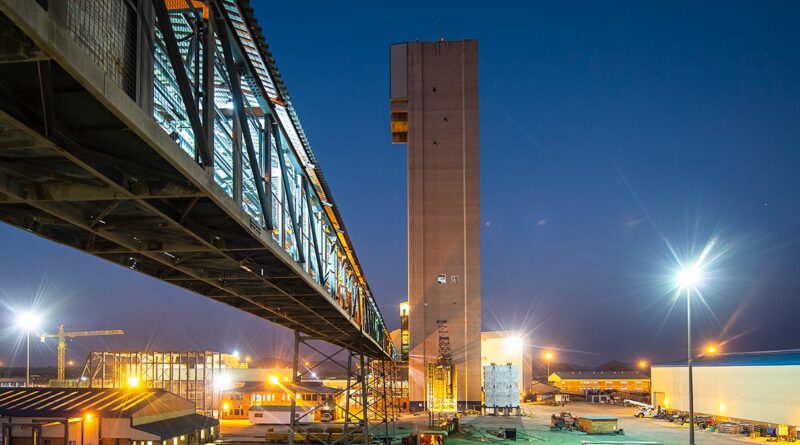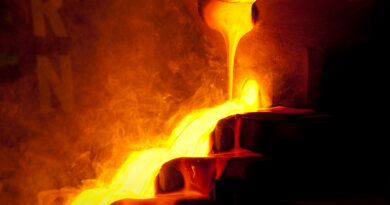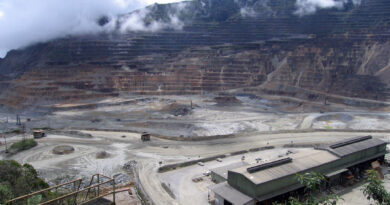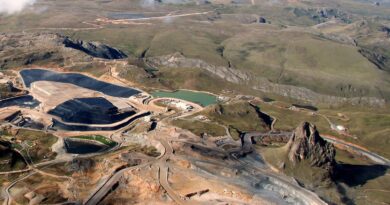Total platinum demand in 2021 is expected to contract by 5%
The global economy continues to recover despite COVID-19 flare-ups, with the IMF projecting a growth rate of 5.9% in 2021. However, mismatches between supply and demand persist, which will limit the recovery in industrial production, as well as dampen investment in platinum. Total platinum demand is expected to contract by 5% (-381 koz).
This is due to our expectation that investment demand will fall sharply, by 86%, from its exceptionally high base in 2020. Other demand categories, by contrast, are expected to see gains across the board.
Automotive demand is forecast to grow 14% (+340 koz), despite anticipated dramatic cuts in production, while industrial demand is set to increase 26% (+514 koz). Jewellery demand is forecast to recover by a moderate 5% (+94 koz).
In contrast, total supply will benefit from the strong recovery of +25% (+1,231 koz) in mine supply, as both pandemic and operational constraints experienced in 2020 have largely been overcome this year. Moderate gains (+62 koz) are expected for recycling, as lower vehicle scrappage rates are set to impact the last quarter.
Total supply is therefore expected to increase by 19% (+1,292 koz). The combination of strong supply and falling demand will see the platinum market shift into a surplus of 769 koz, which compares with the deep deficit of 904 koz in 2020.
SUPPLY
The revised 2021 supply outlook is higher as producers continue to successfully mitigate pandemic risks, while the speed of processing the circa 560 koz of semi-finished material, built up as a result of last year’s ACP shutdown, continues to exceed expectations.
Over the first 9 months of 2021, around 270 koz of this semi-finished stock was processed through the ACP Phase A following the rebuild that was completed in November 2020. Total mining supply is expected to reach 6,137 koz – up 25% year-onyear as recovering mine output, is boosted by processing of semi-finished stock.
The South African platinum producers have posted a strong recovery from last year’s Covid-related and processing disruptions, with output projected to increase by 38% (+1,254 koz) year-on-year to 4,552 koz a new high for the decade.
Strong PGM basket prices have enabled increased working costs which has increased operational flexibility when dealing with typical mining production challenges. For example, miners have brought in contract labour to offset increased rates of pandemic related absenteeism. Additionally, increased sustaining capex budgets have led to increased spending on fleet replacement and mine development, aiding production stability.
Russian output is forecast to fall 60 koz, or 8%, year-on-year, as the in-process inventory release in Q1 will fail to mitigate the ongoing disruption caused by the February Nornickel mine flooding and concentrator building collapse. Remediation of the mines and concentrator is nearing completion, with a return to full capacity expected in December.
Expected growth from North American project development has failed to materialise, as a strike at Vale’s Sudbury complex and safety related production restrictions at Sibanye Stillwater’s Montana operation are expected to result in a 23 koz decline (-7%) in production.
RECYCLING
Total recycling of platinum is forecast to rise by 3% (+62 koz) in 2021 to 1,977 koz. Autocatalyst recycling is forecast to grow by 4% (+57 koz) to 1,495 koz. This reflects three broad issues. The first and most important is the impact of the historical use of platinum in after treatment systems during the early part of the previous decade.
During this time, platinum autocatalyst demand strengthened in Europe, especially in the light-duty sector, as diesel passenger vehicle popularity grew and to meet tighter emissions legislation. The impact of higher platinum vehicle volumes and loadings at that time is now feeding through into higher levels of recycling.
The second factor, affecting the amount of platinum collected from spent autocatalysts, was the strength of PGM prices during the first half of this year, which encouraged yards to de-stock any remaining inventory that had not already been attracted by the high PGM price levels in 2020. Finally, the supply chain has returned to more “normal” operations, with little sign of earlier lockdown restrictions affecting the collection or processing of spent autocatalysts.
Jewellery recycling in 2021 is set to grow by just 1% year-on-year (+2 koz), as the modest 2% rise in China is partly offset by lower recycling in Japan. Electronic recycling will also register a small increase of 3% (+2 koz), as supply chain bottlenecks continue to ease and as work from home prompts new technology sales adding to increased disposal of older devices.
DEMAND
Total demand in 2021 is expected to contract by 5% (-381 koz) to 7,345 koz. Despite weak car production, autocatalyst demand is forecast to increase by 14% (+340 koz), while growing luxury consumption sees a modest rise in jewellery of 5% (+94 koz).
In addition, we expect all industrial demand segments to grow compared to 2020, increasing by 514 koz overall to 2,169 koz. Lower investment demand, however, will offset these gains.
Coin and bar purchases are expected to decline by 38% (-221 koz) from the previous year’s high of 586 koz, while declines in both ETF holdings (-549 koz) and exchange stock movements (-558 koz) will result in a year-on-year drop in investment demand of 1,329 koz.




